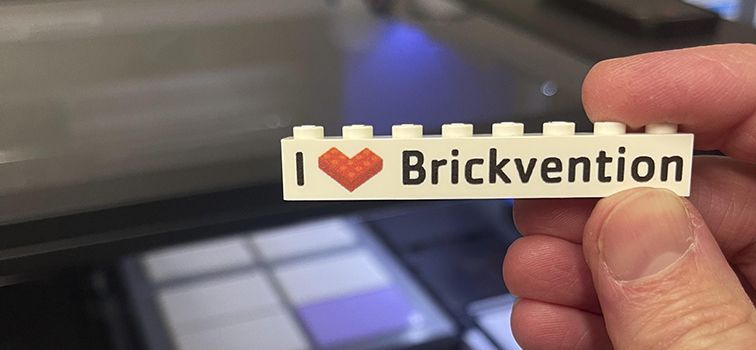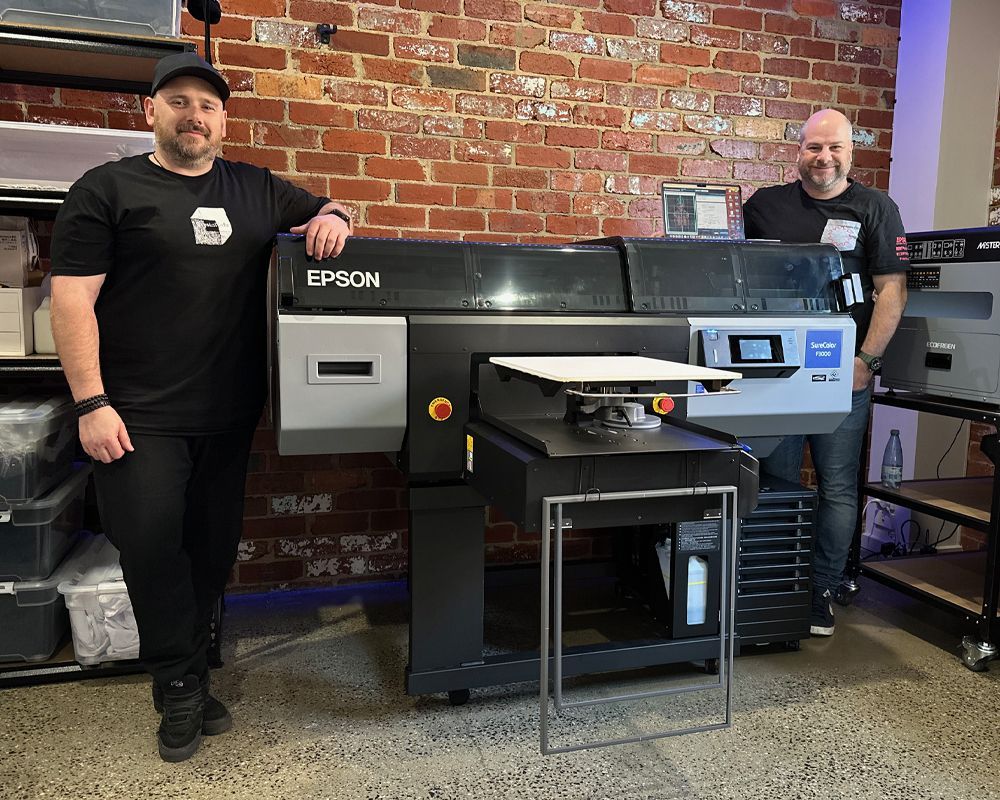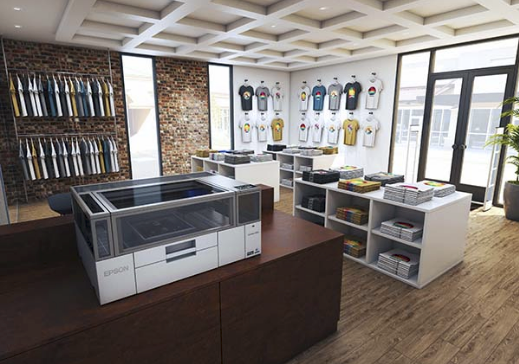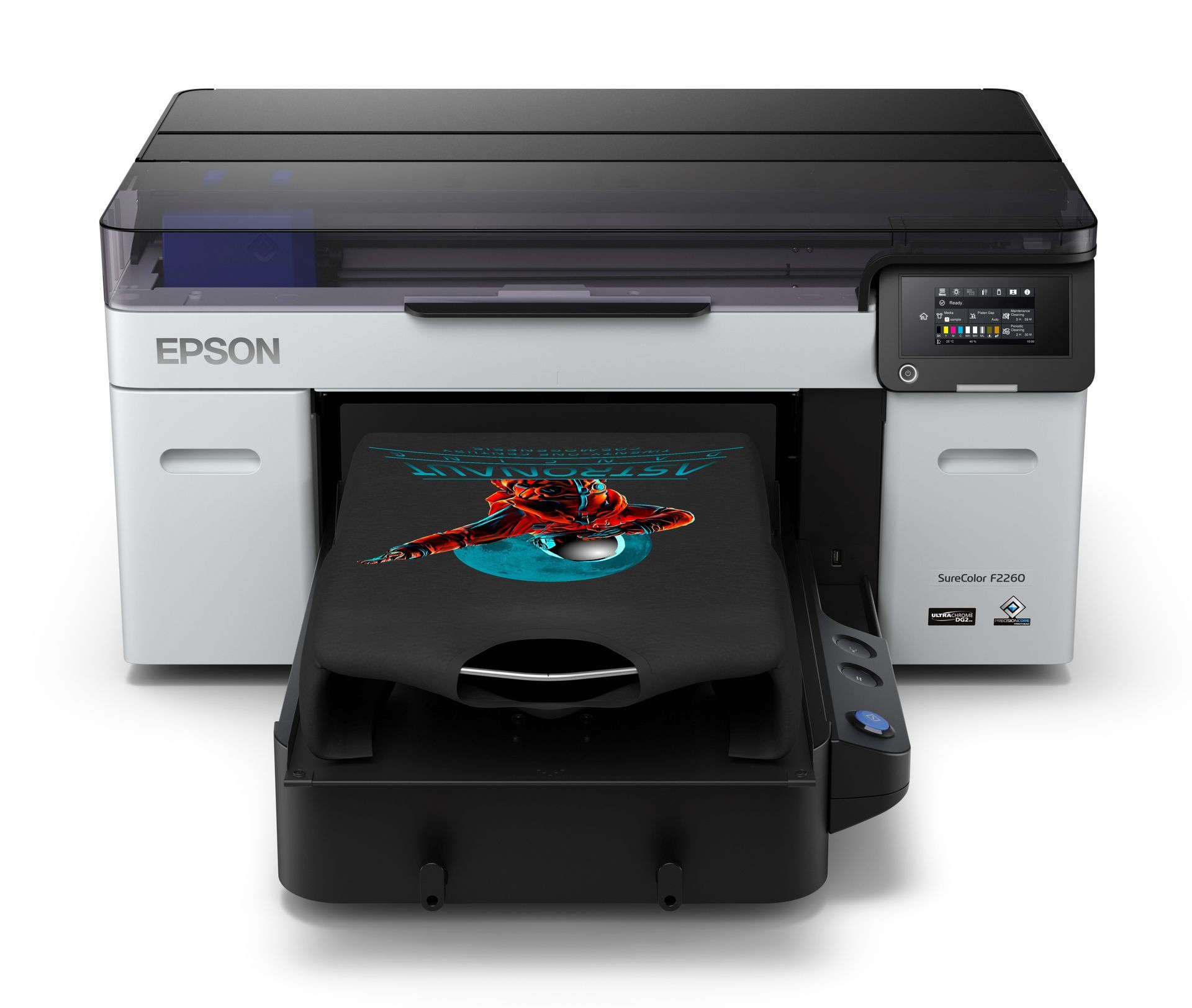
Many of our customers’ common questions revolve around copyright, especially when it comes to images that have been downloaded from the internet and obtained from stock photo services (such as iStock Photo, Adobe Stock, Shutterstock and so on). Some images are watermarked, which clearly indicates that the owner does not want their artwork used without permission, but others may have no markings at all. It is your responsibility to find out if the images you would like to use are covered by copyright. There’s no grey area when it comes to the law, so ensure that you have protected yourself against possible infringement. Stock Images Many people believe that paying the download or subscription fee when using a stock image library entitles them to unlimited usage of the image. You might be surprised to learn that this isn’t necessarily the case. Most images that you get from stock services come with a standard license, which entitles the downloader to a certain number of uses and views on social media, mobile advertising or email marketing (to name a few). It’s important to note, however, that a standard license doesn’t entitle you to use the image on merchandise or products that you intend to sell or profit from. If you want to use the image on printed or promotional items that you intend to sell, most stock services will be able to provide you with an extended license - but this will be at an additional cost. I Won’t Get Caught Thanks to the internet, an image owner doesn’t need to randomly stumble across your website to discover that someone has used their work illegally. Tools like Google Image Search allow literally anyone to perform a reverse image search, which helps owners find out where their images are being used. If you’re using copyrighted images without permission, you’re breaking the law and the owner can take legal action against you - even if you remove the image. Don’t fall into the trap of thinking that you’re just a little player and that large brands won’t bother - we’ve heard of plenty of small businesses that have received cease and desist letters, so it does happen and can very easily happen to you.




